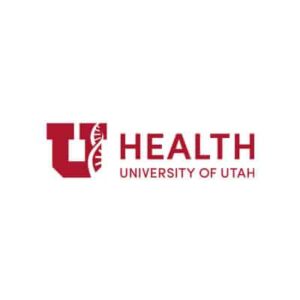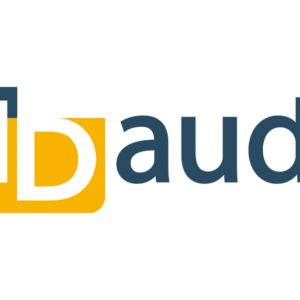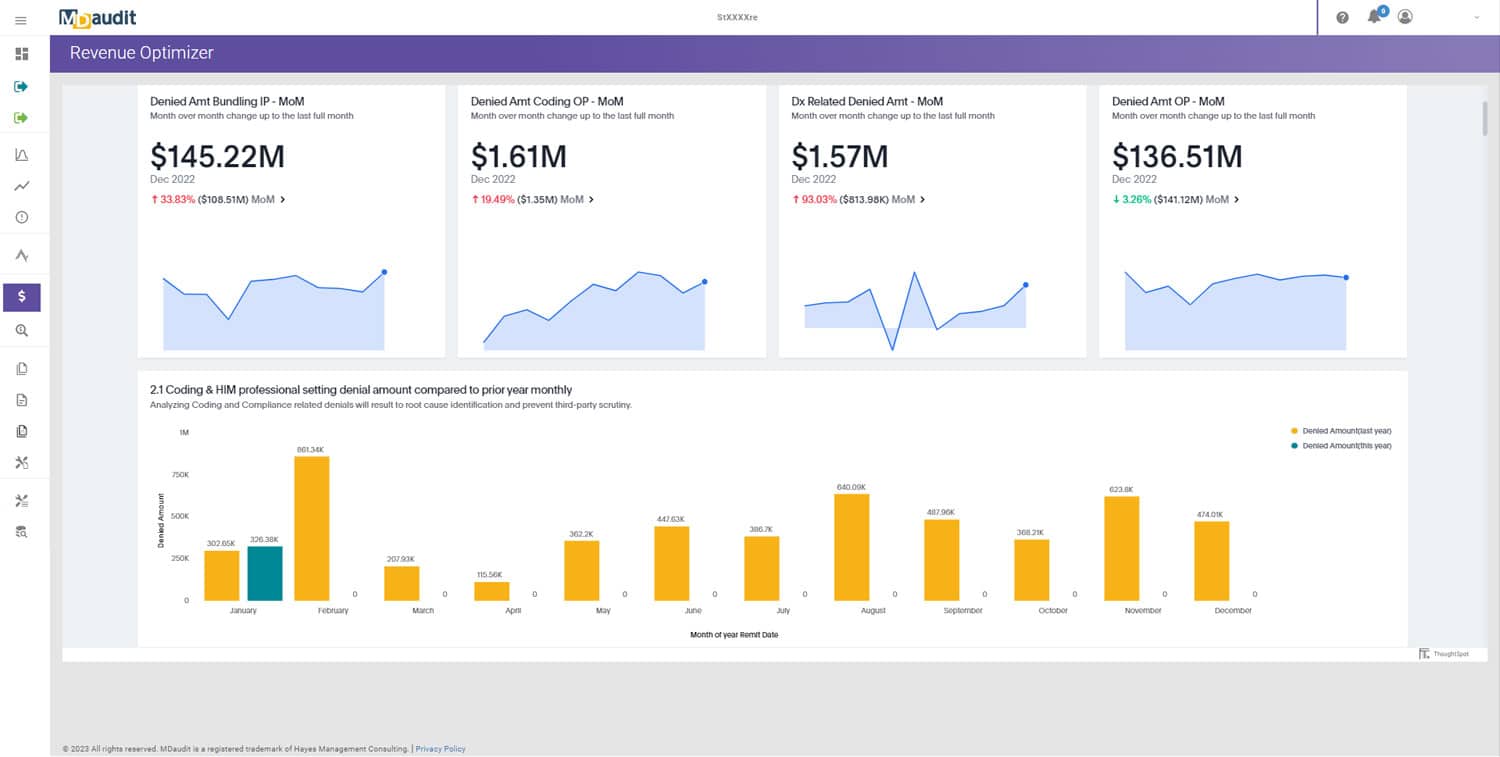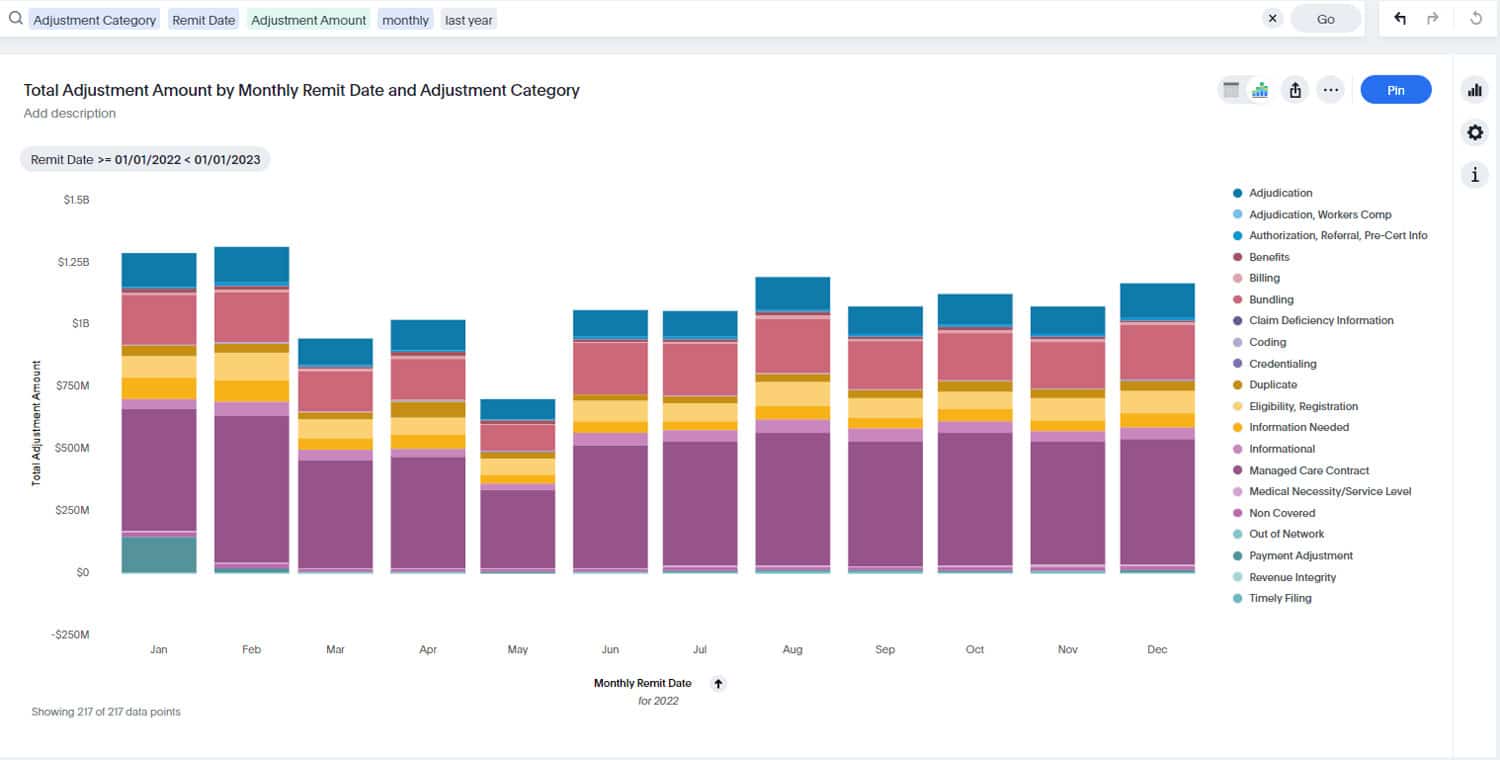Healthcare compliance teams are under more pressure than ever to “audit smarter instead of harder” amid growing complexity in billing regulations. Common issues like coding errors, medical necessity denials, overcoding, and undercoding create a challenging environment for medical auditors and revenue integrity professionals. At the same time, external payer audits have skyrocketed in volume. In fact, external audits quadrupled in 2023, making timely responses a serious challenge for resource-strapped healthcare organizations.
Faced with these hurdles, compliance teams must find ways to boost productivity and ensure nothing slips through the cracks. One promising solution is audit workflow automation. The evolving power of automation in managing internal and external audit processes is proving transformative. Automation can fundamentally improve billing compliance by enhancing accuracy, efficiency, and revenue integrity, all from a single-source platform.
Instead of relying on ad-hoc spreadsheets or tedious manual reviews, forward-thinking organizations are leveraging healthcare audit process automation to streamline audits and catch issues early. MDaudit, the leading healthcare compliance audit tool, exemplifies this approach. MDaudit unifies billing compliance, coding, and revenue integrity in a single platform, supporting all auditing types (scheduled, risk-based, denial, coding quality). In other words, one comprehensive solution covers every audit scenario that a healthcare provider might face. The platform provides workflow automation, continuous risk monitoring, and built-in analytics and benchmarking, all in one integrated, cloud-based system.
Throughout this article, we’ll highlight how platforms like MDaudit deliver automation and intelligence to compliance programs.
1. Streamlined Audit Processes through Automation
One of the most immediate benefits of audit workflow automation is the streamlining of the audit process. Many audit activities are repetitive and time-consuming, such as pulling sample records, assigning audits to staff, tracking findings, compiling reports, and so on. Audit automation can take over these repetitive tasks with incredible speed, automatically extracting data, selecting samples, matching records, and even sending follow-ups. By removing labor-intensive manual steps, organizations can dramatically cut down audit timelines and reduce costs.
MDaudit’s platform is designed to accelerate internal auditing productivity through automation. Audits can be managed with templated workflows, automated schedules, task assignments, and digital document management, replacing the need for endless spreadsheets and email reminders. For instance, instead of an auditor manually requesting records and juggling Excel trackers, the system can automatically pull the required charts and notify the right reviewers at the right times. An internal audit that might have taken weeks of coordination can be completed in a fraction of the time with far less effort. In fact, industry benchmarking data show that auditor productivity (cases audited per auditor) increased 35% in 2024 after adopting AI-powered audit tools, with teams able to handle more audits without adding staff.
The bottom line is that by streamlining audit workflows, automation frees up compliance professionals from clerical tasks and gives them time back to focus on higher-value activities. Evidence of these efficiency gains is plentiful. A recent case study noted that implementing a digital compliance workflow tool led to a 50% reduction in administrative project time and a 20% reduction in managers’ hours spent on oversight. Similarly, MDaudit reports that its users experience greater throughput and “no more dependency on IT and others” just to gather audit data. By automating data pulls and schedule management, audit workflow automation ensures that compliance reviews happen on time and with minimal manual intervention. The result is a faster, smoother audit process from start to finish.
2. Improved Accuracy and Consistency in Compliance Audits
Manual auditing is not only slow, it’s prone to human error and inconsistency. Even the best auditors can make mistakes like data entry typos or overlooking an outlier, especially when fatigued by repetitive tasks. Automated auditing tools significantly reduce the risk of human error by applying standard rules and checks uniformly across all records. They don’t get tired or skip steps. Every claim or encounter is evaluated against the same compliance criteria, which ensures a consistent audit methodology across the organization.
Automation also makes it easier to keep audit criteria up-to-date. When regulations change or new billing guidelines come out, an automated compliance audit tool can be updated centrally, eliminating the need to retrain staff on new rules or worry about someone using outdated checklists. The system consistently applies the latest rules to every case. This leads to more reliable, error-free audits and gives stakeholders greater trust in the findings. As a result, compliance teams spend less time correcting mistakes or re-auditing and more time addressing real issues.
Another advantage is the ability of automation to audit comprehensively, rather than relying on small samples. Traditional manual audits often check a sample of records, missing issues that fall outside the sample. In contrast, automation enables the review of entire datasets, so no anomaly goes unnoticed. Advanced audit platforms can rapidly scan 100% of claims or encounters and spot inconsistencies across all records, not just a few. For example, an automated tool might flag that a specific diagnosis code is being overused across hundreds of claims – a pattern that a manual spot-check could easily miss. By broadening audit coverage, automation improves the accuracy of risk detection and helps catch compliance problems that would have otherwise slipped through. No detail is overlooked when AI-driven audit processes are at work, providing confidence that the audit results are truly complete and consistent.
3. Proactive Risk Management with Continuous Monitoring
Perhaps the most powerful impact of audit workflow automation is the shift from reactive to proactive risk management. Traditional audits tend to happen after the fact, identifying issues months after claims are submitted. In today’s fast-paced regulatory climate, that reactive approach is no longer sufficient.
Automated auditing platforms enable continuous monitoring of compliance risk so that problems are flagged in real time, before they escalate into major violations or revenue losses. MDaudit’s platform exemplifies this proactive stance. It leverages real-time analytics and continuous risk monitoring to identify irregularities as they occur. For instance, if a particular provider’s coding suddenly starts trending high in complexity or a certain procedure code spikes in utilization, the system will alert the compliance team immediately. Predictive analytics built into the platform anticipate potential risks and provide actionable insights, enabling auditors to investigate and address root causes early.
By harnessing these capabilities, organizations can catch errors or outliers before claims go out the door. As MDaudit describes, combining automated workflows with continuous risk monitoring and anomaly detection allows teams to quickly identify risks, determine root causes of errors, and apply corrective actions to prevent future losses.
The data shows a clear trend toward this proactive approach. In the MDaudit community, prospective audits (reviews before claim submission) increased by 275% in 2024 compared to the prior year. In other words, many more organizations are auditing up front rather than waiting for problems to surface later. With automation, these prospective audits can be done efficiently at scale. Automated compliance platforms provide real-time risk assessments, helping providers correct documentation and coding errors before submitting claims. This not only prevents compliance issues but also averts the downstream effects like claim denials or payer audits. When you can fix an issue now instead of finding it in a government audit later, you protect both your revenue and your reputation.
In essence, audit workflow automation empowers healthcare organizations to practice continuous compliance vigilance. The system is always watching key metrics, be it coding patterns, billing anomalies, or denial trends, and will immediately surface anything that looks risky. Compliance leaders can then take targeted action (such as launching a focused risk-based audit or education for a provider) to mitigate the risk. This proactive, data-driven approach is far more efficient than the old model of reacting to each issue or external audit after damage is done. By staying ahead of risks through automation, healthcare organizations minimize surprises and maintain control over their compliance outcomes.
4. Unified Platform for Collaborative Auditing and Reporting
Efficiency in compliance isn’t just about speed, it’s also about how well all the pieces work together. Many healthcare organizations suffer from siloed processes: billing compliance is handled in one system, coding quality checks in another, denial management in yet another, with spreadsheets and emails tying it all together. This fragmentation leads to duplicate efforts, communication gaps, and inconsistent data.
Audit workflow automation shines when it is delivered via a unified platform that centralizes all compliance auditing activities. MDaudit’s platform is built as a one-stop solution, unifying billing compliance, coding audits, and revenue integrity oversight in a single system. This means compliance officers, coding auditors, and revenue cycle leaders are all working with the same data and tools. Scheduled routine audits, risk-based targeted audits, denial analyses, and coding quality reviews can all be managed within MDaudit without hopping between different software. Such integration eliminates the inefficiency of exporting data from one tool to analyze in another; everything needed is in one cohesive workflow.
The platform’s support for all auditing types (scheduled, risk-based, denials, coding quality) ensures that no matter the focus, the process follows a consistent framework. Industry experts agree that consolidating audit workflows and reporting leads to major efficiency gains. Even other compliance software emphasizes bringing audit workflow, management, and reporting together in one streamlined platform to maximize efficiency.
When all audit information resides in one place, collaboration becomes easier. For example, auditors can share findings with physicians or department heads through the platform, assign follow-up education tasks, and track resolutions, all without leaving the system. There’s a single source of truth for audit results and corrective actions.
Moreover, advanced analytics and dashboards built into unified audit platforms (like MDaudit’s) allow for instant reporting and benchmarking across the enterprise. Leaders can quickly see compliance trends, high-risk areas, and improvement over time, without waiting on ad-hoc reports. The net effect is a more coordinated and transparent compliance program. Teams spend less time wrangling disparate tools or reconciling data and more time actually improving compliance.
For example, one major benefit of a unified audit platform is the reduction of internal reporting burden: custom reports and dashboards can be generated for different audiences (executives, managers, front-line staff) with a few clicks. This spares analysts from manual report assembly and ensures stakeholders get timely information. In summary, a unified audit workflow platform breaks down silos and streamlines communication, which in turn improves overall efficiency and effectiveness of compliance efforts.
5. Enhanced Revenue Integrity and Denial Prevention
At the end of the day, the efficiency of compliance audits isn’t just about internal workloads, it’s also about producing better outcomes for the organization. Audit workflow automation plays a key role in boosting revenue integrity and reducing the costly downstream effects of compliance issues. By catching coding errors and billing discrepancies early, automated audits help prevent claim denials and avoid revenue loss. As one auditing solution provider notes, preventing costly claim reprocessing and denials is possible by ensuring claims are accurate before submission.
In practical terms, an automated tool might flag a missing modifier or documentation issue in a claim, allowing staff to fix it pre-bill. This proactive correction means the claim is far more likely to be paid promptly, rather than being denied or delayed. Fewer denials and billing errors translate directly into financial savings and efficiency. Resources that would have been spent on reworking claims or appealing denials can instead be devoted to productive activities. Over time, as automation helps eliminate recurrent mistakes, the organization experiences improved compliance rates and recoups more revenue that would have otherwise been written off.
Notably, the use of AI-assisted auditing has been shown to optimize revenue recovery while reducing manual effort. In short, you improve compliance and protect revenue at the same time, a win-win outcome that every revenue cycle leader values.
Beyond the immediate financial impact, robust audit automation contributes to a culture of continuous improvement. When compliance teams aren’t bogged down in paperwork, they can spend more time on education and training for providers and coders to address root causes of errors. Automated audit solutions often highlight patterns, for example, if a certain documentation issue keeps causing errors, the system brings that to light, and the team can then educate clinicians on proper procedures. Over time, this feedback loop increases coding accuracy and documentation quality across the organization.
Indeed, MDaudit points out that freeing auditors from manual work allows them to focus on strategic improvements and provider education rather than reactive damage control. The ultimate effect is a stronger compliance posture: fewer compliance violations, lower risk of external fines, and more robust revenue integrity.
To put it succinctly, audit workflow automation drives better financial and compliance outcomes. It minimizes claim denials, reduces revenue leakage, and ensures that billing is done right the first time. This not only improves the efficiency of the compliance program but also boosts the organization’s bottom line and confidence in their operations. In an era where margins are tight and regulatory scrutiny is high, these improvements are critically important.
Conclusion
In conclusion, audit workflow automation is transforming healthcare compliance by making audit processes faster, smarter, and more proactive. By automating workflows, improving accuracy, enabling continuous risk monitoring, and uniting all audit activities in one platform, solutions like MDaudit allow compliance and revenue integrity teams to achieve more with less effort. The five benefits discussed, from time savings to better revenue outcomes, all contribute to a more efficient and effective compliance program.
Healthcare organizations that embrace these technologies are finding that they can safeguard revenue and stay ahead of regulatory risks without overburdening their staff. If your team is still relying on manual auditing or disparate tools, consider exploring how MDaudit’s platform could modernize your workflow. With its unified approach to audit workflow automation, continuous risk intelligence, and comprehensive reporting, MDaudit empowers compliance teams to audit smarter, not harder.
Take the next step toward improved compliance efficiency. Visit MDaudit to learn more or request a demo, and see firsthand how an automated audit workflow can elevate your organization’s compliance and revenue integrity efforts.






